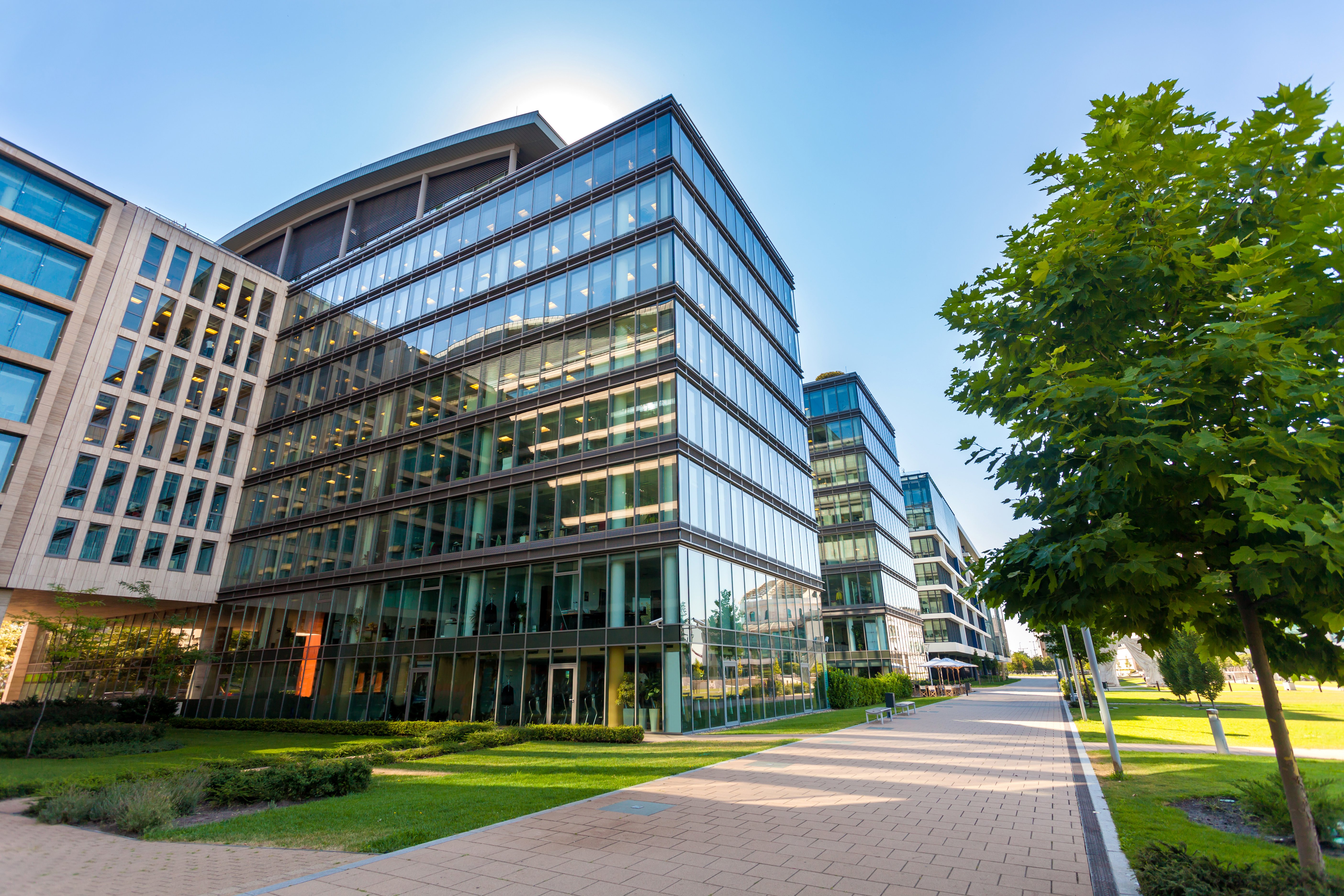Predicting the top trends for 2019, a recent article in PHCP Pros anticipated energy- and water-efficient homes, clean and efficient HVAC and plumbing, and prefabrication and 3D design. Overall, plumbing, heating, cooling and piping professionals are looking for ways to be more efficient through technology and easy-to-install products.

Clean Homes and Clean Plumbing
Net-zero energy buildings, buildings designed to generate as much energy as it uses in a year in on-site renewable sources, have become a trend over the last five years in the building industry, offering savings in energy costs. Installing net-zero water elements are typically specified in the design phase and includes monitoring areas like a building’s water use and major water-consuming equipment, while introducing alternative water systems and on-site wastewater treatment systems.
According to The Passive House Institute of the United States, there are an estimated 500 verified zero-energy buildings exist in the United States and Canada, with the number growing.
In other initiatives to create clean and efficient buildings (and plumbing), regulations are being put in place in several large cities to provide companies a path to create energy-efficient commercial heating and cooling.
Prefabrication and 3D Design
According to the article from PHCP Pros, “There are several reasons to believe prefabrication has the potential to become a key driver for the quality control and productivity increases that have been lacking in the construction industry for, literally, thousands of years.”
The prefabrication trend is growing 7 percent each year, and the global market could exceed $110 million by 2020. It’s currently being used in hotel and high-rise applications, with expansion into new applications being imminent. This trend allows installers the opportunity to work with better tools, simplified processes and ultimately be safer when installing the final product as it allows them to install several parts while in the air.
Additional benefits for construction companies and client include, “a 30-percent decrease in cost, huge scheduling advantages, impressive quality control, a solution to the skilled trade shortage and reduced human resources cost,” according to PHCP Pros.
Advanced computer processes, like 3D printing and GPS on job sites, also accelerate the building process. Technology is not only working its way onto the job site, but it’s a staple in architecture and engineering offices with building information modeling and project schedule efficiency. These needs and wants have accelerated the growth of design-build construction firms, helping to bring everything from the planning to execution into one firm.
Technology
As mentioned before, technology on the job site has increased efficiency and streamlined processes, but in some corners of the industry, technology is being used to understand trends. Gathering analytics and performance data is helping HVAC companies understand everything from installation to eventual issues. This initiative will be ongoing as cases and data points are gathered across the industry.
The year 2019 is all about efficiency, acceleration and using technology to get there. Read the full list of predicted trends from PCHP Pros here.
Stay on top of new trends and industry information by subscribing to the nVent CADDY blog. Our experts regularly publish new information, and also curate top resources with posts like this one.


